
Kenneth Noland was an American painter. He was one of the best-known American color field painters, although in the 1950s he was thought of as an abstract expressionist and in the early 1960s he was thought of as a minimalist painter. Noland helped establish the Washington Color School movement. In 1977, he was honored with a major retrospective at the Solomon R. Guggenheim Museum in New York that then traveled to the Hirshhorn Museum and Sculpture Garden in Washington, D.C., and Ohio's Toledo Museum of Art in 1978. In 2006, Noland's Stripe Paintings were exhibited at the Tate in London.
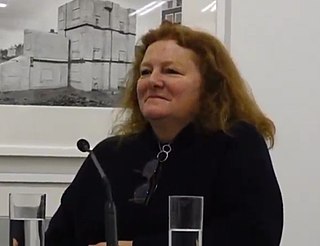
Dame Rachel Whiteread is an English artist who primarily produces sculptures, which typically take the form of casts. She was the first woman to win the annual Turner Prize in 1993.

Patrick Joseph Caulfield,, was an English painter and printmaker known for his bold canvases, which often incorporated elements of photorealism within a pared-down scene. Examples of his work are Pottery and Still Life Ingredients.
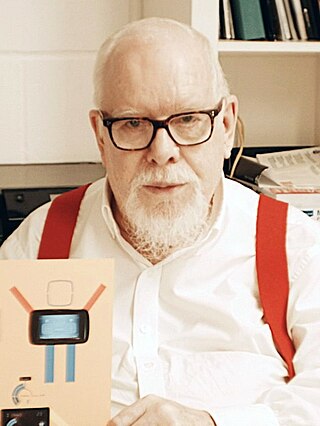
Sir Peter Thomas Blake is an English pop artist. He co-created the sleeve design for the Beatles' 1967 album Sgt. Pepper's Lonely Hearts Club Band. His other works include the covers for two of The Who's albums, the cover of the Band Aid single "Do They Know It's Christmas?", and the Live Aid concert poster. Blake also designed the 2012 Brit Award statuette.

Sir Anthony Alfred Caro was an English abstract sculptor whose work is characterised by assemblages of metal using 'found' industrial objects. He began as a member of the modernist school, having worked with Henry Moore early in his career. He was lauded as the greatest British sculptor of his generation.

William Gear RA RBSA was a Scottish painter, most notable for his abstract compositions.

Barry Flanagan OBE RA was an Irish-Welsh sculptor. He is best known for his bronze statues of hares and other animals.
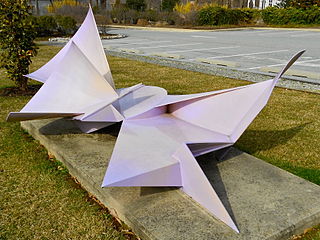
Isaac Witkin was an internationally renowned modern sculptor born in Johannesburg, South Africa. Witkin entered Saint Martin's School of Art in London in 1957 and studied under Sir Anthony Caro and alongside artists including Phillip King, William G. Tucker, David Annesley, and Michael Bolus. Witkin helped create a new style of sculpture which led to this New Generation of sculptors and their innovating abstract forms of modern sculpture reaching and changing the art world. Witkin's abstract works of usually brightly colored fiberglass or wood was noted for its "witty, Pop-Art look".

Bernard Meadows was a British modernist sculptor. Meadows was Henry Moore's first assistant; then part of the Geometry of Fear school, a loose-knit group of British sculptors whose prominence was established at the 1952 Venice Biennale; a Professor of Sculpture at the Royal College of Art for 20 years; and returned to assist Moore again in his last years.
Bruce McLean is a Scottish sculptor, performance artist and painter.

Paul Feeley was an artist and director of the Art Department at Bennington College during the 1950s and early 1960s.
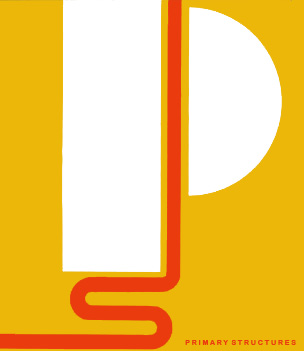
Primary Structures: Younger American and British Sculptors was an exhibition presented by the Jewish Museum in New York City from April 27 to June 12 in 1966. The show was a survey of recent work in sculpture by artists from the Northeast United States, California and Great Britain that shared general characteristics of scale, simplified geometry and smooth, often colorful, industrial surfaces. Its legacy, which focuses on a subset of the artists in the show, is as the exhibition that introduced Minimal Art to the broad public, both through the exhibition itself and the wide attention it received in national media. Primary Structures was organized by Kynaston McShine, the Jewish Museum's Curator of Painting and Sculpture.
Tim Scott is a British sculptor known for his abstract sculptures made from transparent acrylic and steel. While studying architecture, Scott also studied sculpture part-time at Saint Martin's School of Art with Sir Anthony Caro, where he also later taught. Inspired by the example of David Smith, Scott began to make sculptures using materials such as fibreglass, glass, metal, and acrylic sheets.
The year 2012 in art involves some significant events.
Kim Lim (1936–1997) was a Singaporean-British sculptor and printmaker of Chinese descent. She is most recognized for her abstract wooden and stone-carved sculptures that explore the relationship between art and nature, and works on paper that developed alongside her sculptural practice. Lim's attention to the minute details of curve, line and surface made her an exponent of minimalism.
The Geometry of Fear was an informal group or school of young British sculptors in the years after the Second World War. The term was coined by Herbert Read in 1952 in his description of the work of the eight British artists represented in the "New Aspects of British Sculpture" exhibition at the Biennale di Venezia of 1952.
Born in South Africa, Michael Edward Bolus was an artist and teacher who settled in England in 1957 and studied at St Martin's School of Art from 1958 to 1962, studying under Anthony Caro. After a brief period living in Cape Town he returned to London in 1964 to begin a teaching post at St Martin's and the Central School of Art and Design. Bolus had his first UK solo exhibition at Waddington Galleries in 1968, which has exhibited a number of his sculptures since then.
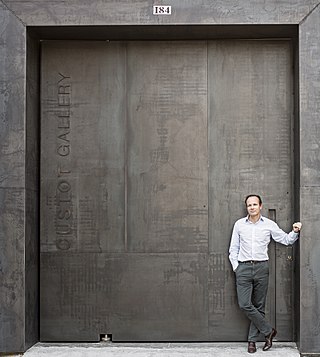
Stephane Custot, is a French gallerist and art dealer. He is the owner of Waddington Custot gallery in London and Custot Gallery Dubai.

Waddington Custot is a London-based art gallery specialising in modern and contemporary art. Formerly known as Waddington Galleries, it has been situated on Mayfair's Cork Street since 1958.
Landon Metz is a New York-based abstract painter and conceptual artist, best known for his repetitive patterns, biomorphic shapes, and painting-based installations. Often echoing the architecture around it, Metz's poured compositions are ritualistic in their process and meditative in their impact.












